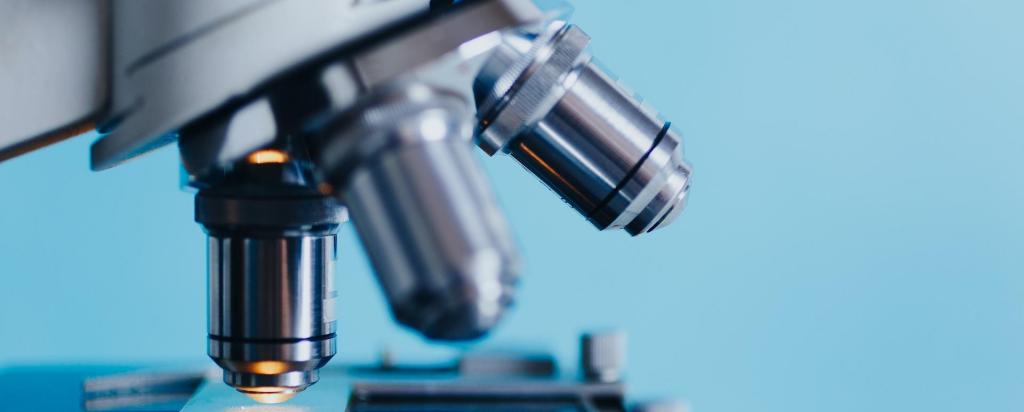The page you requested does not exist. For your convenience, a search was performed below using the query info press 2001b b07.
Australia’s Open Pool Australian Lightwater (OPAL) reactor is a state-of-the-art 20 megawatt multi-purpose reactor that uses low enriched uranium (LEU) fuel to achieve a range of activities to benefit human health, enable research to support a more sustainable environment and provide innovative solutions for industry.
Explore ANSTO's range of publications and reports available for the public.
The User Advisory Committee (UAC) are pleased to present this year's invited speakers.
ANSTO has been tracking and publishing data on fine particle pollution from key sites around Australia, and internationally, for more than 20 years.
A world-class national research facility that uses accelerator technology to produce a powerful source of light-X rays and infrared radiation a million times brighter than the sun.
ANSTO User Meeting 2021 - Speakers
In April 15, 1953, Australia entered the nuclear science arena, when the Atomic Energy Act came into effect. The Australian Atomic Energy Commission (AAEC) followed and in 1987 the AAEC evolved into the Australian Nuclear Science and Technology Organisation (ANSTO) as it’s known today.
Hot Isostatic Pressing supports advanced manufacturing by increasing a material's density and reducing porosity. This capability complements ANSTO’s extensive suite of instruments and techniques for characterising materials and final products.

Director of the new Environment Research and Technology Group
Role at ANSTO
Dr Karina Meredith was appointed Director of the new Research and Technology Group for Environment effective 15 January 2024.
ANSTO has safely managed its radioactive waste for over 60 years. Waste is managed in accordance with national and international standards.
Thirty years of ANSTO's unique capability in monitoring fine particle pollution provides insight on bushfire smoke.

Industrial Liaison Manager - Senior Research Scientist
Role at ANSTO
Radiation can be described as energy or particles from a source that travel through space or other mediums. Light, heat, and wireless communications are all forms of radiation.
Lithium Australia, a company that has a close association with ANSTO’s business unit Minerals, has been awarded a US patent for its unique lithium mining technology SiLeach®.
Pagination











